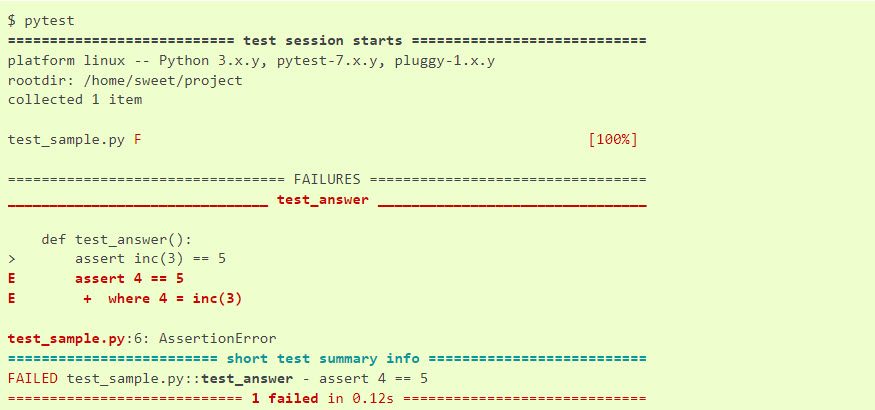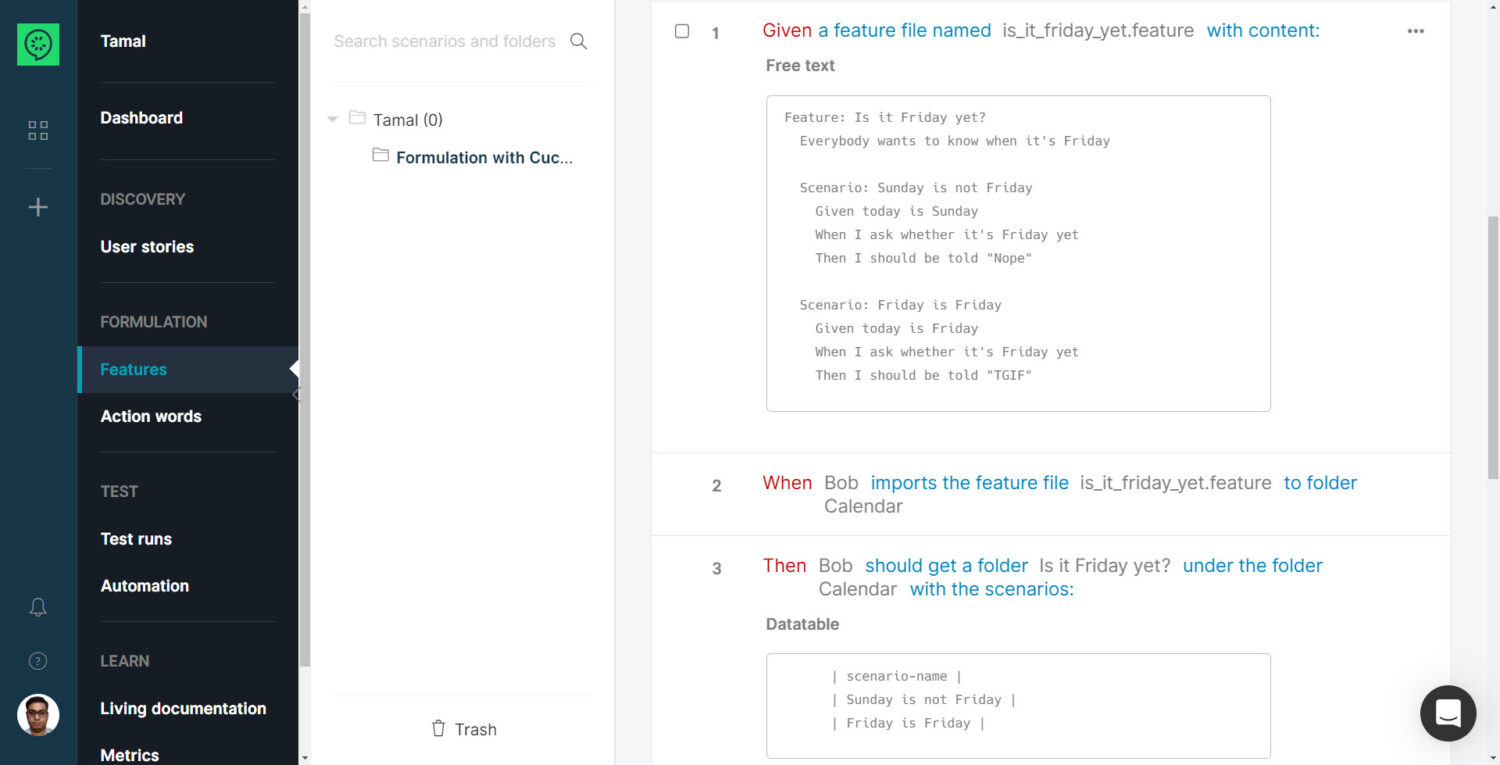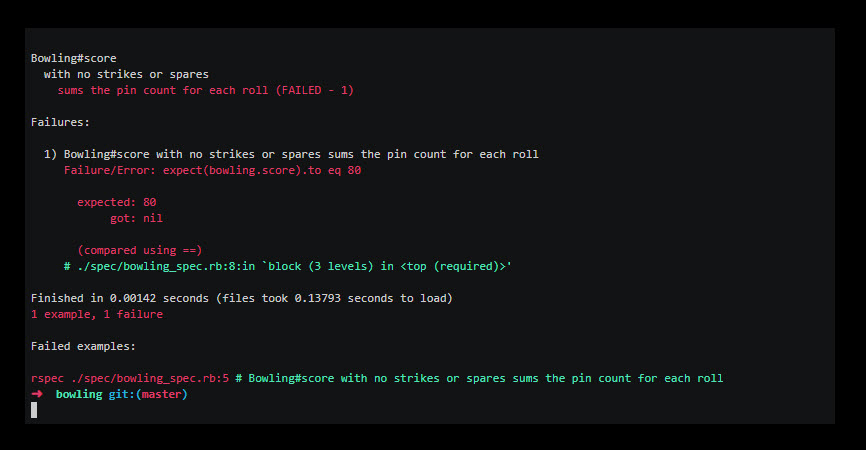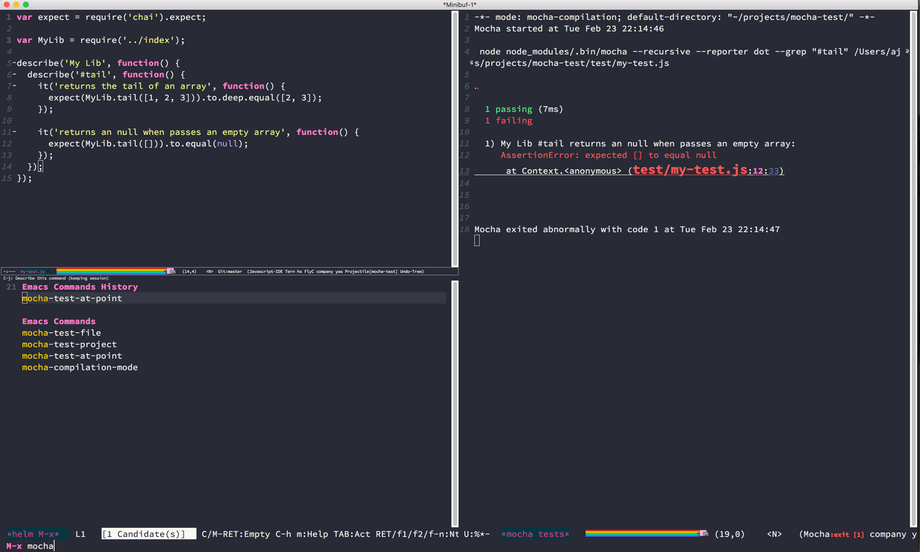Find below a handpicked list of test-driven development (TDD) tools that will help you develop higher-quality software in an Agile DevOps environment.
The time and space of software development is changing rapidly. The requirement for computer software and mobile applications is changing rapidly. By the time you develop a minimal viable product (MVP), the market trend could have changed already, and the prototype becomes not so trending.
Agile software development follows the extreme programming (XP) framework to deal with such risks to software development of fixed-time projects involving the latest technology trend. DevOps following the XP framework relies heavily on TDD. So, if you are in such a project, the following tools can help.
What Is Test-Driven Development (TDD)?
Test-Driven Development (TDD) is a part of the DevOps process that stresses writing test scenarios before writing the actual code. It is a cyclical workflow where programmers first write a test case that consists of the functionality they need in the software.
Upon testing, the program obviously fails. This failed test becomes the subject of further corrective actions. For example, the programmers must write minimum lines of code so the test case scenario passes. Software engineers then refactor the code to improve its UI, UX, and design and get rid of inefficient or duplicate codes.
In a nutshell, TDD is a disciplined process of software testing before generating a prototype to prove the code against various failing scenarios. So the prototype becomes less buggy and more suitable for beta testing by software testers or a few focus groups from the end user pool. Codes generated through the TDD process are more maintainable and reliable.
For example, find below the process of TDD for an eCommerce website:
- Write test cases for product listings, product descriptions, product carousels, shopping carts, and checkout workflows.
- Then, create random customer journeys to select and add products to the shopping cart and checkout.
- Note all the scenarios where these random customer journeys fail.
- Refactor the initial codes so they pass the tests.
- Now, the development team can work on further items like design, UI, UX, etc.
How Does TDD Fit Into Agile and DevOps?
TDD is an important part of extreme programming, which in turn is an indispensable framework of Agile and DevOps.
In Agile development, TDD facilitates the incremental and iterative development process by creating failed test cases and writing minimum codes to pass the test. Then, teams downstream of this pipeline can provide feedback, and the TDD team will start developing more failed test scenarios and modify the code to pass all these test cases. This iterative failed tests and passed tests ensure a feedback loop between the teams involved in Agile development.
In DevOps, TDD supports the overall goal of delivering high-quality software at a rapid pace. By implementing test automation, TDD helps you to establish a concrete foundation for continuous integration and continuous delivery (CI/CD) pipelines.
Since you are nullifying common failed test cases early in the development phase, you only need to worry about the functionality of the core software features that the end users will use so that you can deal with the beta testing process.
Sync beta testing results with CI/CD, and you shall be able to establish a cyclic workflow of high-quality software development in a shorter time span.
Collaboration and communication is an important aspect of Agile and DevOps. Test-driven development also facilitates this within cross-functional teams. Developers, designers, and operations can align their understanding of the functionalities for the end product by discussing test case scenarios upfront.
Benefits of Test-Driven Development (TDD)
Find below the advantages of TDD over traditional testing:
- TDD encourages optimized code creation.
- It helps developers analyze and understand client requirements more effectively, seeking clarification when needed.
- TDD Simplifies the process of adding and testing new functionalities during later stages of development.
- Test-driven development provides higher test coverage compared to conventional development models.
- It stresses creating tests for each functionality from the start.
- TDD also enhances developer productivity.
- The codebase produced in a TDD project is more flexible and maintainable than codes arising from traditional testing.
Must-Have Features for a TDD Tool for DevOps
Find below the functionalities you must be looking for in a TDD tool:
- A dashboard reminding you of the functionalities needed in the final software.
- The ability to write smaller test codes addressing specific features.
- Code refactoring functionalities should be available.
- A test environment to execute the test code and get feedback immediately.
- Automation features to run test cases without constant supervision.
- Ability to implement the Red-Green-Refactor cycle of TDD framework.
- Functionalities that balance the need for acceptance tests, integration tests, and unit tests.
- CI/CD integration so that the tool can run automated tests when there is a code change.
Let us explore the best TDD tools you can utilize in your DevOps projects:
Apache JMeter

Apache JMeter is a Java application that enables you to load test the functional behavior of apps and measure test performance. You can use it to test the performance of both dynamic and static applications and web apps. Its major features are as outlined below:
- Load test and performance test servers, applications, and internet protocols
- Supports protocols like LDAP, Database via JDBC, FTP, SOAP / REST Webservices, and more
- It is a fully functional test IDE that facilitates test plan recording, debugging, and building from native apps and web browsers
- Creates dynamic HTML reports
- Multi-threading processing so you can run multiple test plans
- Supports continuous integration (CI) via Gradle, Maven, and Jenkins.
Mockito

Mockito is an essential mocking framework for TDD projects. It lets you and your DevOps team create mock objects for testing purposes. This test-writing tool simplifies the process of isolating dependencies during a code test process. Also, you can easily verify the behavior of the test object.
Mockito allows you to mock external dependencies as well. For example, you can create mock cases of databases or web services. Then, use these mock subjects to further test mock objects of small test functionalities of your software.
Various DevOps projects often use JUnit 4 along with Mockito to facilitate test-driven and behavior-driven software development.
JUnit
JUnit (latest version JUnit 5) is a popular TDD tool for running test plans on the Java Virtual Machine (JVM). It also offers the TestEngine API you need to develop testing frameworks on a JVM. Furthermore, Junit 5 includes convenient features such as the following:
- A console for launching tests from a CLI
- The JUnit Platform Suite Engine for running customized test suites
Moreover, popular integrated development environments (IDEs) like IntelliJ IDEA, Eclipse, NetBeans, Visual Studio Code, etc., has built-in support for it. Not to mention, you can also easily integrate JUnit 5 with build tools like Ant, Maven, and Gradle.
pytest

pytest is a testing framework based on Python. DevOps and Agile software developers use it to easily write and scale test codes on Python CLI. Using pytest, you can write simple test cases for user interfaces (UIs), databases, and application programming interfaces (APIs). Some of its best features are as below:
- It can automatically discover test functions and modules
- pytest can run nose and unit test cases using built-in functionalities
- 1,000+ PyPI projects or plugins that help you with the TDD process
Not to mention, you can scale up the test case writing and evaluation process when the requirement increases.
NUnit
If you are creating software in the .NET framework using any of the supported languages like F#, C#, and Visual Basic, you can use NUnit for unit testing.
Its best features are as outlined below:
- NUnit 3 Test Adapter lets you run NUnit 3 tests inside VS Code
- The NUnit Engine enables you to run tests developed in various test frameworks
- VS Test Generator helps you create IntelliTests and unit tests
The latest edition, which is NUnit 3, is already available in the Visual Studio IDE and Code Editor. You can easily access it through Tools > NuGet Package Manager and accessing NuGet packages for solution that opens a browser to track down NUnit.Console and NUnit packages.
TestNG
TestNG is a code testing framework that simplifies a wide range of testing needs, from unit testing (testing single functionality in isolation from the whole software) to integration testing.
The rich features of TestNG that make it different from JUnit and NUnit are:
- Annotating unit test cases
- Testing if your code supports multi-threading
- It enables data-driven testing
- Various plugins and tools are available, like IDEA, Eclipse, Selenium, Maven, Ant, etc.
Integration testing in TestNG could include testing scenarios like testing external frameworks like app servers, testing several packages, and testing an individual software made of various small functionality units.
Cucumber

For behavior-driven development, you can use Cucumber as the primary tech stack that will confirm if a test case or complete software has the functionalities your client is looking for. Cucumber scans the specifications written in text-based formats.
These specs are mainly functionalities that must be provided by the software you are developing. There could be multiple specifications in different scenarios.
The tool will go through all these and validate if the code conforms to the specs. It generates a report with failure and success scenarios. It supports 20+ software development languages like Java, Ruby, C++, Lua, Kotlin, Scala, Python, etc.
TestRail
TestRail is a testing workspace-like tool for all of your DevOps projects. It creates an ecosystem of centralized code testing and QA platform using the TestRail Quality OS. Using its Build feature, you can create multiple automated tests for different software development projects and organize them in a Test Management framework.
The Connect module lets you unify test automation tools, issue-tracking software like Jira, and DevOps pipelines with testing data from TestRail.
Finally, the Optimize module lets you prioritize QA processes to push through the appropriate tests by instantly identifying risks.
RSpec

If your software development team is a specialist in applications developed on Ruby, you should check out RSpec as the TDD and BDD tool for Ruby-based testing projects.
There are multiple testing libraries in RSpec that can work together or individually. These are rspec-expectations, rspec-rails, rspec-core, and rspec-expectations.
Cypress

Cypress is a cloud-based testing tool built for modern web apps with next-generation features. These are as outlined below:
- Test your web apps on web browsers
- It takes less than 10 minutes to set up and write the first test case
- You can debug failed tests in the web browser
- It interacts with the app as the end user does, so you can eliminate common bugs
- Integrates with continuous integration tools like Circle CI, GitLab CI, Atlassian Bitbucket, etc.
The toll is suitable for Unit tests, Integration tests, Component tests, and End-to-end tests.
Jest

Jest is a JavaScript testing software that developers commonly use for test-driven development (TDD).
Its major features include the following:
- It works on most JavaScript projects out of the box without any configuration
- Create test snapshots
- It runs different tests in separate own processes to increase testing throughput
It offers a simple API for writing tests, with built-in support for mocking and assertions. It also has the necessary API calls for coverage reporting.
Mocha

Mocha is a flexible JavaScript test framework used for writing tests, including test cases for your TDD projects. It offers a simple and expansive syntax library so developers can easily create and run tests. You can run Mocha directly on the web browser with the help of Node.js.
It comes with extensive support for asynchronous testing. Hence, it allows for testing code that concerns callbacks, promises, or async/await functions.
Moreover, it offers various code testing features like test reporters, test coverage, and hooks for managing multiple software testing projects.
Final Words
Now you know which test-driven development tools you must use in DevOps-driven extreme programming projects. You can also integrate the testing process with your CI/CD pipeline to take high-quality software rapidly into the market before the trend of a particular technology cools off.
Next, check out a detailed article on DevOps automation.





